Italian Blend Magic: 7 Surprisingly Tasty Ways to Spice Up Your Kitchen!
Calling all spice lovers and foodies! Are you tired of the same old seasonings? Ready to bring a little Mediterranean flair into your meals without hopping on a plane to Sicily? Look no further than your spice rack — or maybe it’s time to upgrade it!
In this post, we’re diving deep into the world of Italian spice blends, from classic herb combinations to modern twists that’ll make your taste buds do a happy dance. Whether you're a seasoned chef or a weekend griller, there's something here for everyone.
Table of Contents
- What Exactly Is an Italian Blend?
- Core Ingredients in Classic Italian Blends
- 7 Practical Tips for Using Italian Spice Blends Like a Pro
- Comparing Popular Italian Spice Blends: Table Edition
- Deep Dive: Origins & Global Influence of Italian Herb Blends
- DIY Time: Make Your Own Italian Spice Mix at Home
- Pairing Suggestions: What Goes With Italian Spices?
- Common Mistakes to Avoid When Using Italian Blends
- Summary: Spice Up Your Life with Italian Flair
What Exactly Is an Italian Blend?
An Italian spice blend is typically a mix of aromatic herbs that are commonly used in Italian cooking. While recipes can vary widely depending on regional influences and personal preferences, most blends include a base of dried herbs such as oregano, basil, thyme, rosemary, marjoram, and sometimes garlic powder or crushed red pepper flakes for heat.
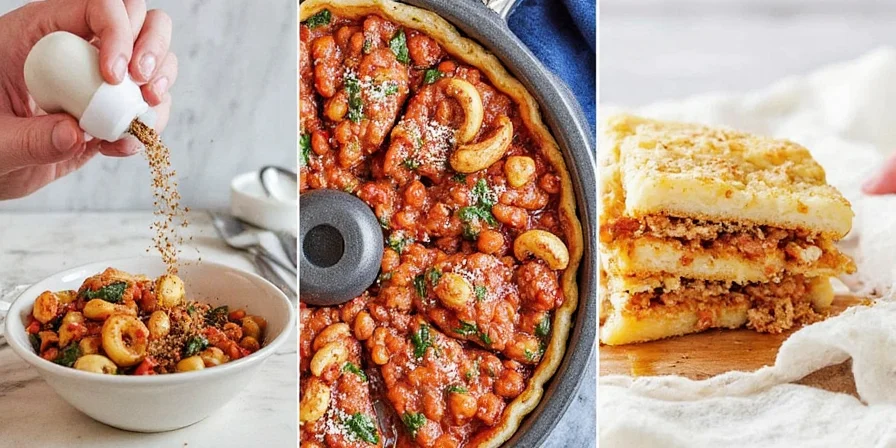
These blends are designed to mimic the fresh flavors found in classic Italian dishes like marinara sauce, focaccia bread, pasta sauces, and grilled meats. Think of them as a shortcut to flavor heaven — minus the chopping!
Core Ingredients in Classic Italian Blends
Let’s take a closer look at the usual suspects that make up an Italian spice mix:
| Herb/Spice | Taste Profile | Best For |
|---|---|---|
| Oregano | Earthy, slightly bitter | Pizza, tomato sauces, grilled meats |
| Basil | Sweet, peppery, slightly minty | Pasta sauces, salads, pesto |
| Thyme | Subtle, lemony, savory | Rubs for chicken, soups, stews |
| Marjoram | Mild, floral, sweeter than oregano | Egg dishes, lamb, stuffing |
| Rosemary | Piney, resinous | Roasted potatoes, breads, lamb |
| Garlic Powder | Pungent, savory | Meat rubs, roasted vegetables, pasta |
| Crushed Red Pepper Flakes | Heat-forward, earthy | Spicy sauces, chili oil, bruschetta |
7 Practical Tips for Using Italian Spice Blends Like a Pro
If you’ve ever opened a bottle of pre-made Italian seasoning and just sprinkled it on everything — don’t worry, we’ve all been there! But here’s how to truly unlock its potential:
- Add early in cooking: Unlike fresh herbs, dried ones need time to bloom. Add during sautéing or early in simmering.
- Use with fat: To release their full aroma, toast the spices in oil before adding other ingredients.
- Don’t overdo it: A little goes a long way. Start with a pinch, then adjust to taste.
- Infuse oils or vinegars: Create your own flavored bases by letting the blend steep in olive oil or red wine vinegar.
- Make it a rub: Combine with salt, sugar, or breadcrumbs for dry rubs on meats or roasted veggies.
- Customize the mix: Adjust proportions based on what dish you’re making (more basil for pastas, more oregano for pizza).
- Store properly: Keep your blend in an airtight container away from light and moisture. Replace every 6–12 months.
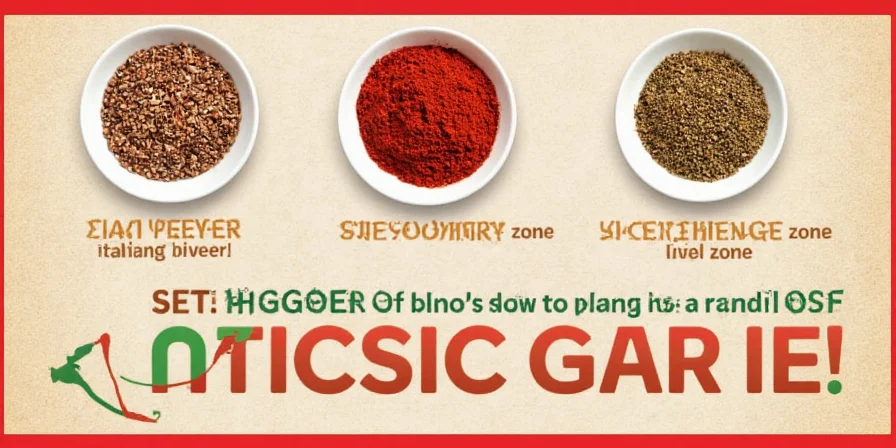
Comparing Popular Italian Spice Blends: Table Edition
Not all Italian blends are created equal. Here’s a quick comparison of some popular store-bought vs. homemade options:
| Blend Name | Main Ingredients | Best Use | Flavor Intensity |
|---|---|---|---|
| McCormick Italian Seasoning | Oregano, basil, thyme, rosemary, marjoram | All-purpose, great for beginners | Moderate |
| Anthony’s Organic Italian Blend | Organic oregano, basil, parsley, thyme | Clean eaters, health-focused | Mild to moderate |
| DIY Fresh Herb Mix | Fresh basil, oregano, thyme, garlic | Summer grilling, fresh pasta | High |
| Calabrian Heat Blend | Oregano, chili flakes, fennel seed | Meat dishes, spicy sauces | Hot! |
Deep Dive: Origins & Global Influence of Italian Herb Blends
The art of combining herbs for culinary use dates back centuries in Italy. Each region has its own preferred flavor profile. For example:
- Northern Italy: Uses more butter, cream, and delicate herbs like sage and parsley.
- Central Italy: Home to robust flavors — think hearty rosemary and garlic, especially in dishes like porchetta.
- Southern Italy: Loves bold spices — oregano, chili flakes, and sun-dried tomatoes are common companions.
As Italian immigrants spread across the globe in the late 19th and early 20th centuries, they brought their spice traditions with them. Today, Italian blends have influenced cuisines from Argentina to Australia, often blending with local ingredients to create fusion flavors.
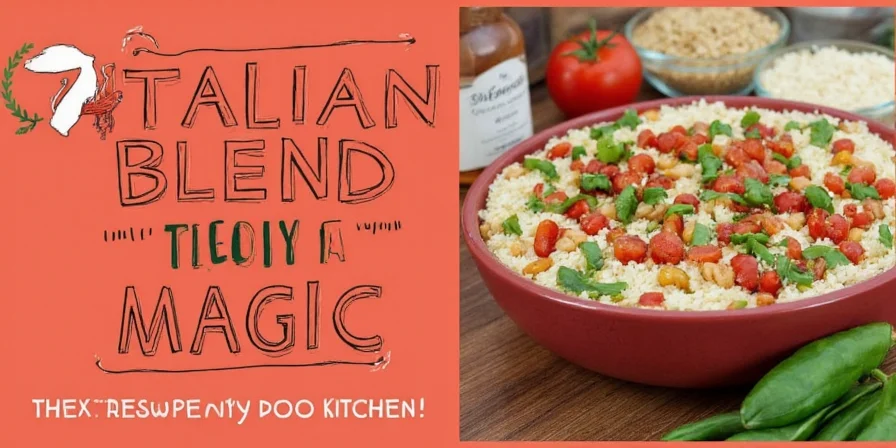
DIY Time: Make Your Own Italian Spice Mix at Home
Want to customize your blend? Try this easy recipe:
Basic Homemade Italian Blend
- 2 tbsp dried oregano
- 2 tbsp dried basil
- 1 tbsp dried thyme
- 1 tbsp dried marjoram
- 1 tbsp dried rosemary, chopped fine
- 1 tsp garlic powder
- ½ tsp crushed red pepper flakes (optional)
Mix well in a bowl and store in an airtight jar. Shake before use. This version is perfect for pasta, pizza, and meat marinades.
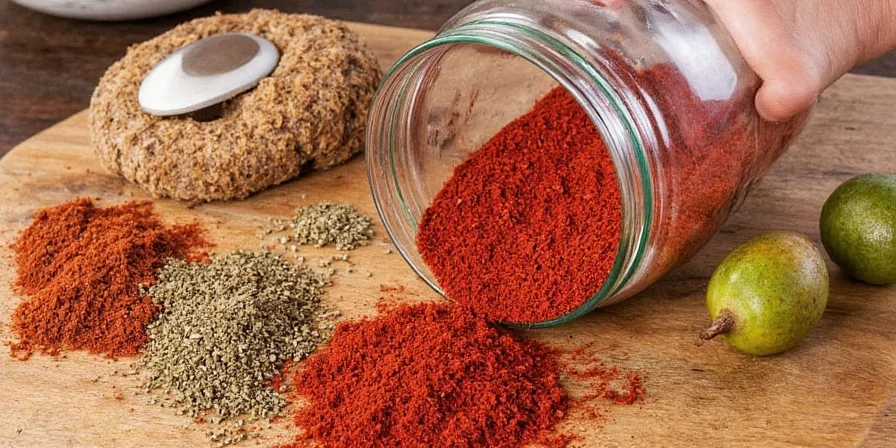
Pairing Suggestions: What Goes With Italian Spices?
To really elevate your dishes, consider pairing your Italian blend with complementary ingredients:
- Olive oil: The foundation for almost any Mediterranean dish.
- Lemon zest: Brightens up the herbal notes.
- Tomatoes: A match made in heaven, especially in sauces.
- Garlic and onions: Enhance the depth of flavor.
- Cheeses like Parmesan or Pecorino: Add salty umami kick.
- Red wine reduction: Deepen sauces and gravies.
- Focaccia or crusty bread: Toasted with a drizzle of spiced oil = perfection.
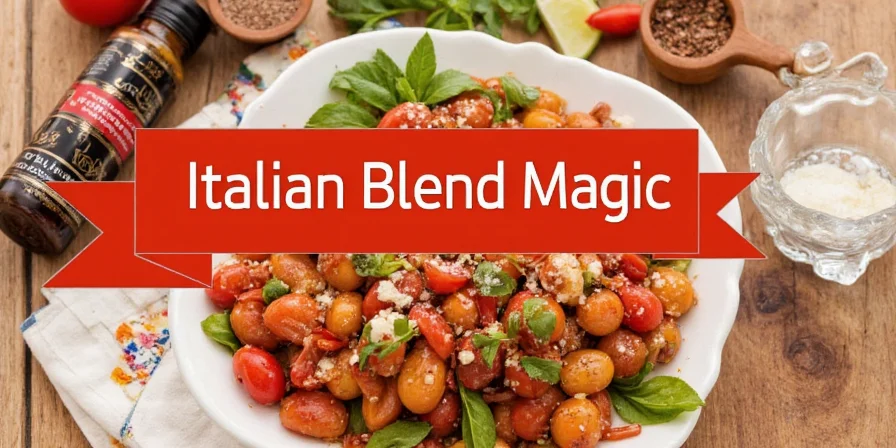
Common Mistakes to Avoid When Using Italian Blends
Even seasoned cooks can fall into these spice traps:
- Using too much: It’s easy to over-season, especially with store-bought blends that already contain salt.
- Adding at the end: Dried herbs need time to infuse; throw them in too late, and they won’t have much impact.
- Storing in sunlight: Herbs degrade quickly when exposed to heat and light — keep them cool and dark.
- Mixing incompatible ingredients: Don’t pair delicate fish with heavy, garlicky blends unless you want to overpower it.
- Forgetting to personalize: You’re not stuck with one recipe. Play around until you find your favorite combo!
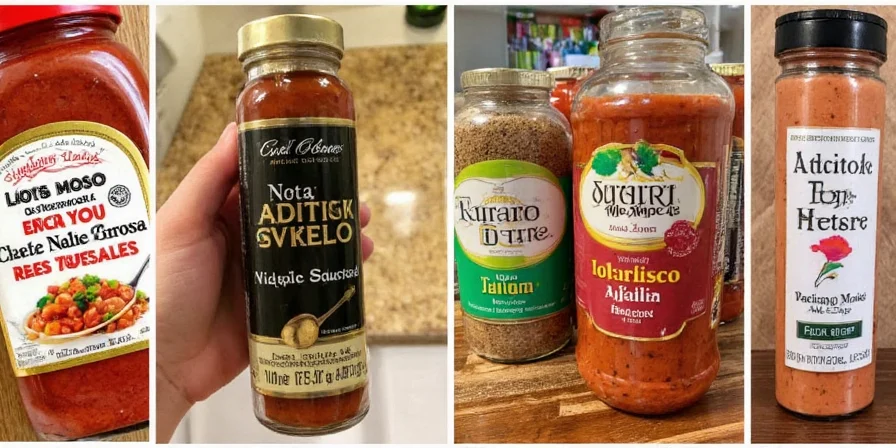
Summary: Spice Up Your Life with Italian Flair
Italian spice blends are more than just a convenient shortcut — they’re a gateway to global flavor, history, and creativity. From ancient herb gardens to modern kitchens, these blends carry stories and tastes worth savoring.
Remember, the key to mastering Italian blends lies in understanding their components, knowing when and how to use them, and being open to experimentation. So next time you reach for that jar of Italian seasoning, treat it like a secret weapon — because now you know how powerful it really is.
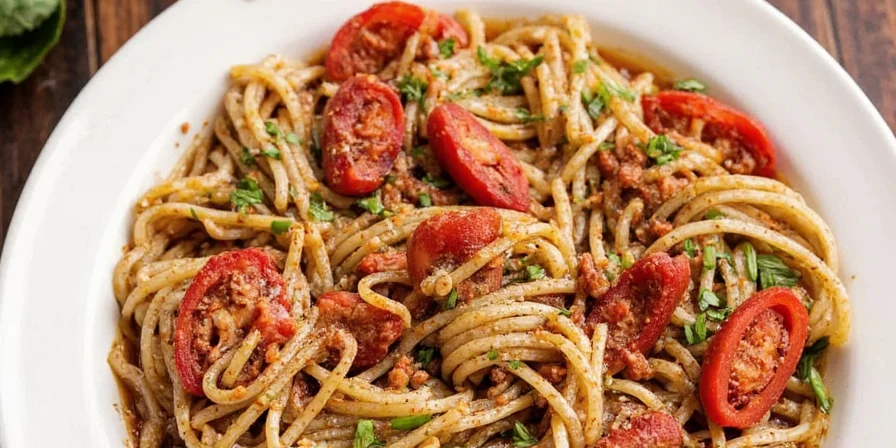
Final Thought
If life gives you bland food… add an Italian blend and call it a day! 🌿✨

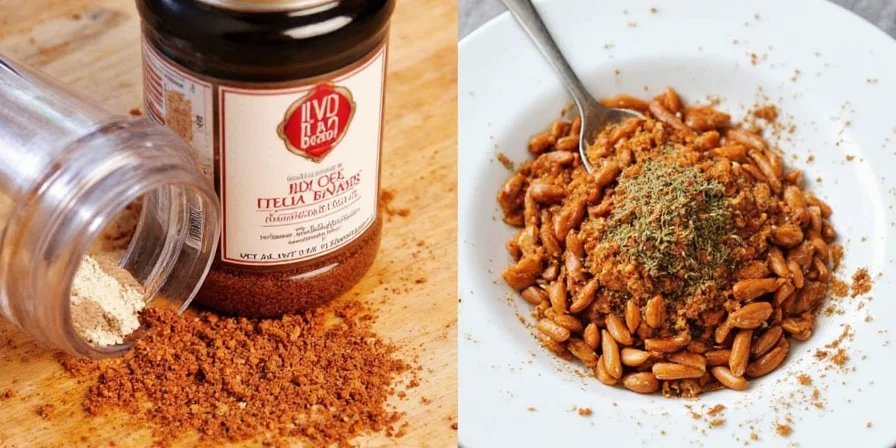









 浙公网安备
33010002000092号
浙公网安备
33010002000092号 浙B2-20120091-4
浙B2-20120091-4